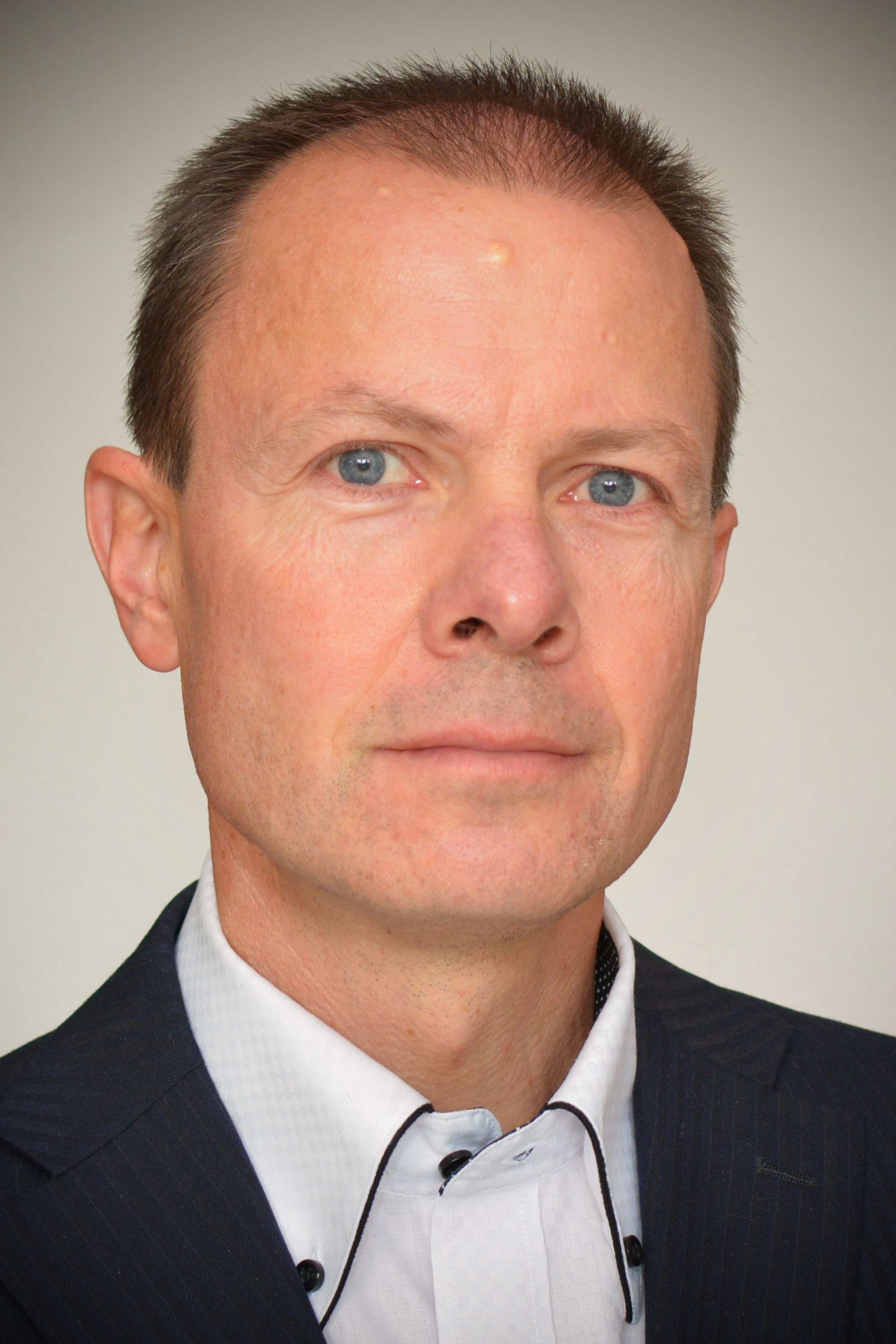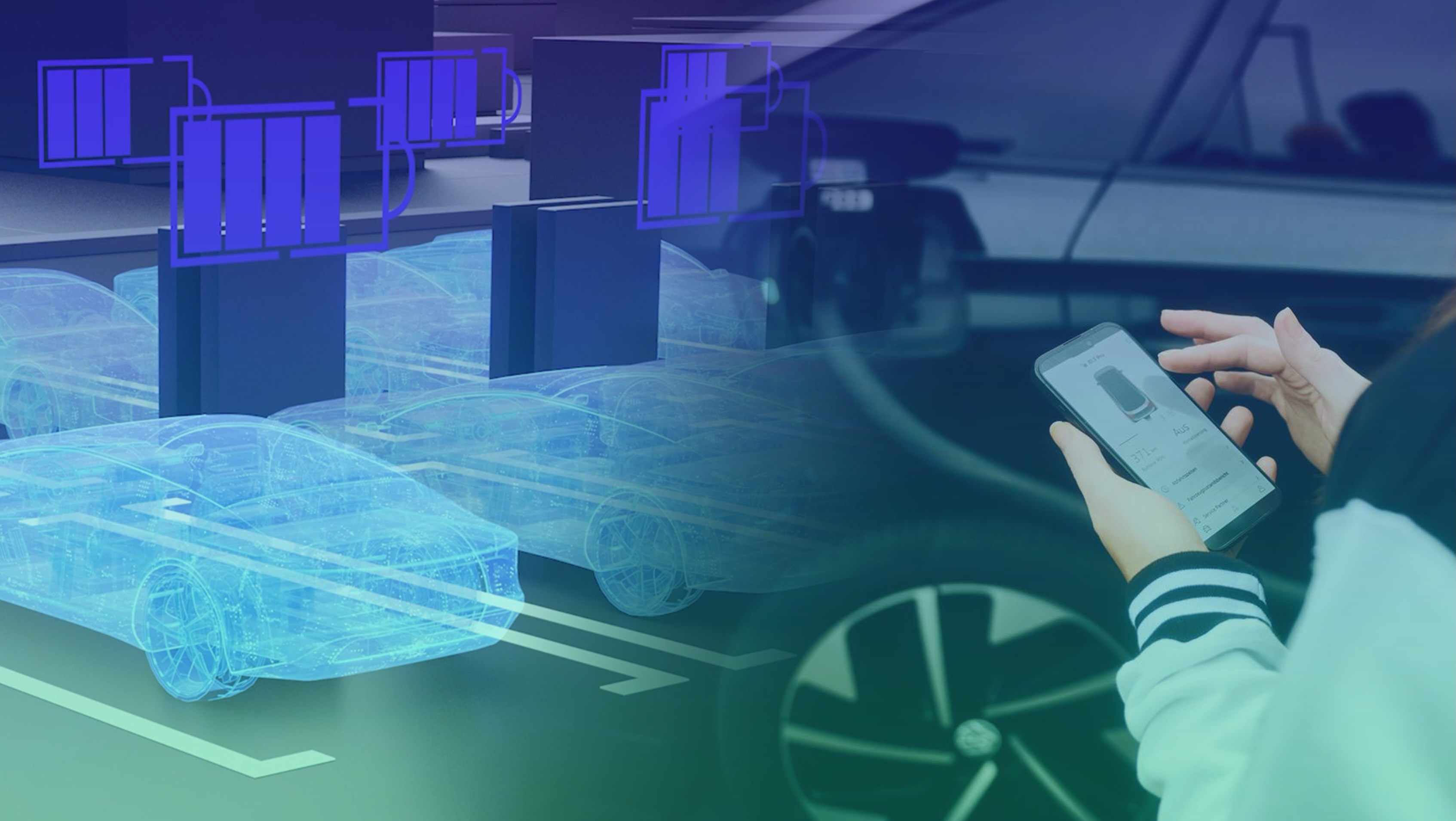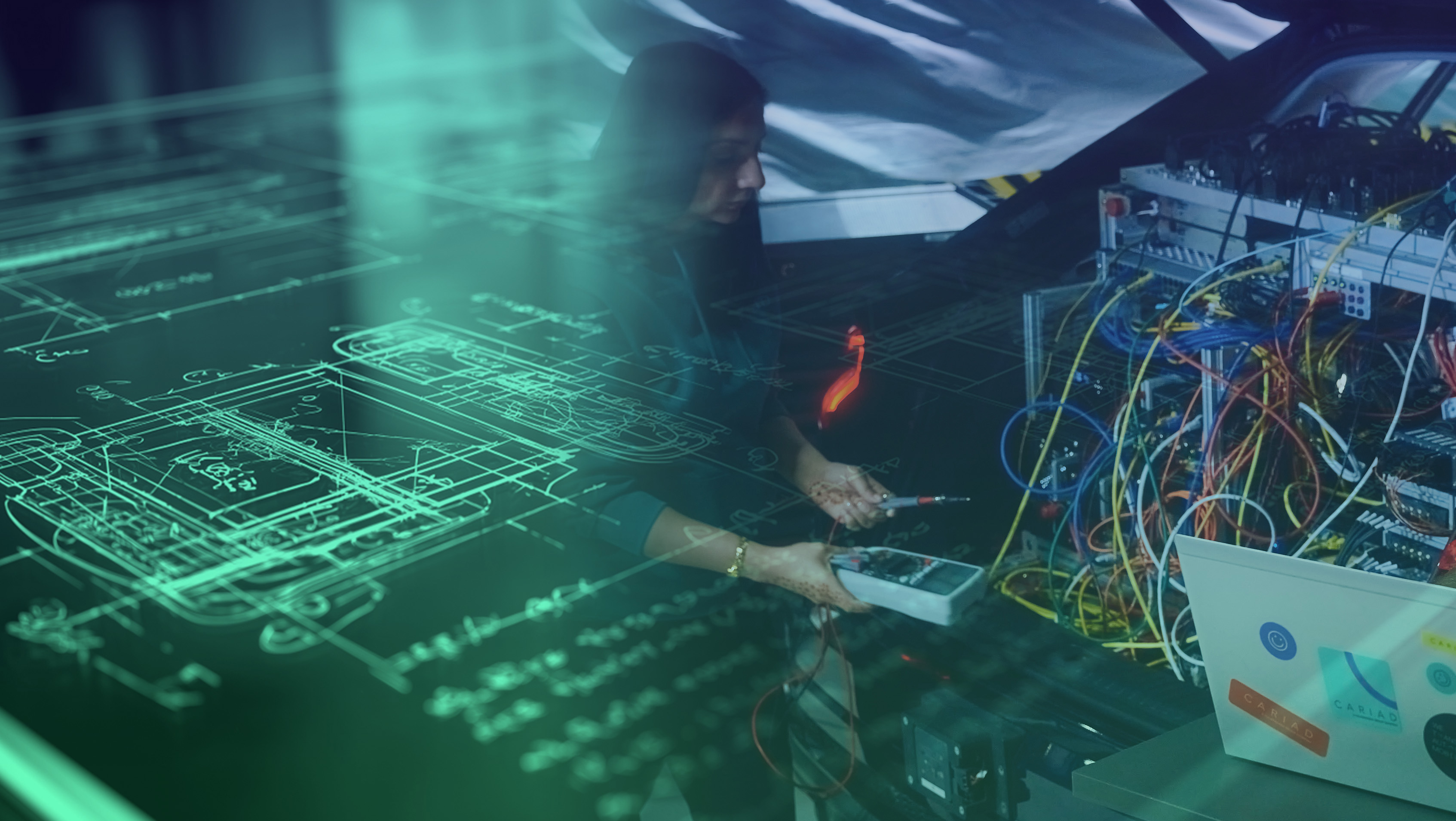How CARIAD is ensuring the long-term supply of semiconductors
The coronavirus pandemic caused huge disruptions in the automotive supply chain, notably in the area of semiconductors. In this interview, Peter Fiedler, who leads our semiconductor team, explains how we’re ensuring the long-term supply of these components so critical to software development.
Peter, is the current semiconductor crisis a homemade problem of the automotive industry?
No, certainly not exclusively. But it’s true that the sometimes very short-term demand adjustments of the automotive industry don’t match the long production times of a semiconductor. With chip factory utilization rates of over 90%, any small disruption can lead to supply bottlenecks. The coronavirus pandemic has shown us that we car manufacturers need to take care of semiconductors ourselves and can't only leave it to suppliers. Capacities cannot simply be ramped up. A modern chip factory now costs around $10 billion, so we have to give producers long-term planning security. Even the development of a complex chip now exceeds the $100 million mark.
In the future, new chip families will hardly be developed without reliable purchase guarantees. This means we risk facing another supply and innovation crisis in five years, because that's how long it usually takes from the idea for a semiconductor to its market launch in a car. This is where my team and I come in.
What does your team do exactly?
Together with partners, we’re ensuring long-term supply by specifying semiconductors that are already optimized for our CARIAD software. This is software that’s currently being developed and will go into series production in the middle of the decade. To this end, we’re working closely with the software teams in-house as well as with the developers of electronic control units (ECUs) for the Volkswagen project Trinity and Audi project Artemis.
Ultimately, this will create a hardware basis that will allow us to develop standardized software for all Group brands in a scalable manner, both in terms of cost and performance.
What are the effects of this new approach?
In the past, Volkswagen itself also initiated chip development for very innovative and clearly limited applications. However, with our activity at CARIAD, we’re focusing on our broad software platform and placing even more emphasis on development costs and time-to-market. We’re developing the appropriate chips for our own software. This is new.
But it also means that we have to know our requirements very precisely and take responsibility for the detailed specification. We’re defining the chip functions while the software is still a long way from being ready. That is naturally risky. We also have to establish new procedures in the company specifically for semiconductors – from purchasing to product acceptance and testing. We’re aware that this is a longer journey and are building our team accordingly. In doing so, we’re reducing the risk of the next supply crisis because we’re gaining more control over important semiconductors – from the chip function to requirements planning.




